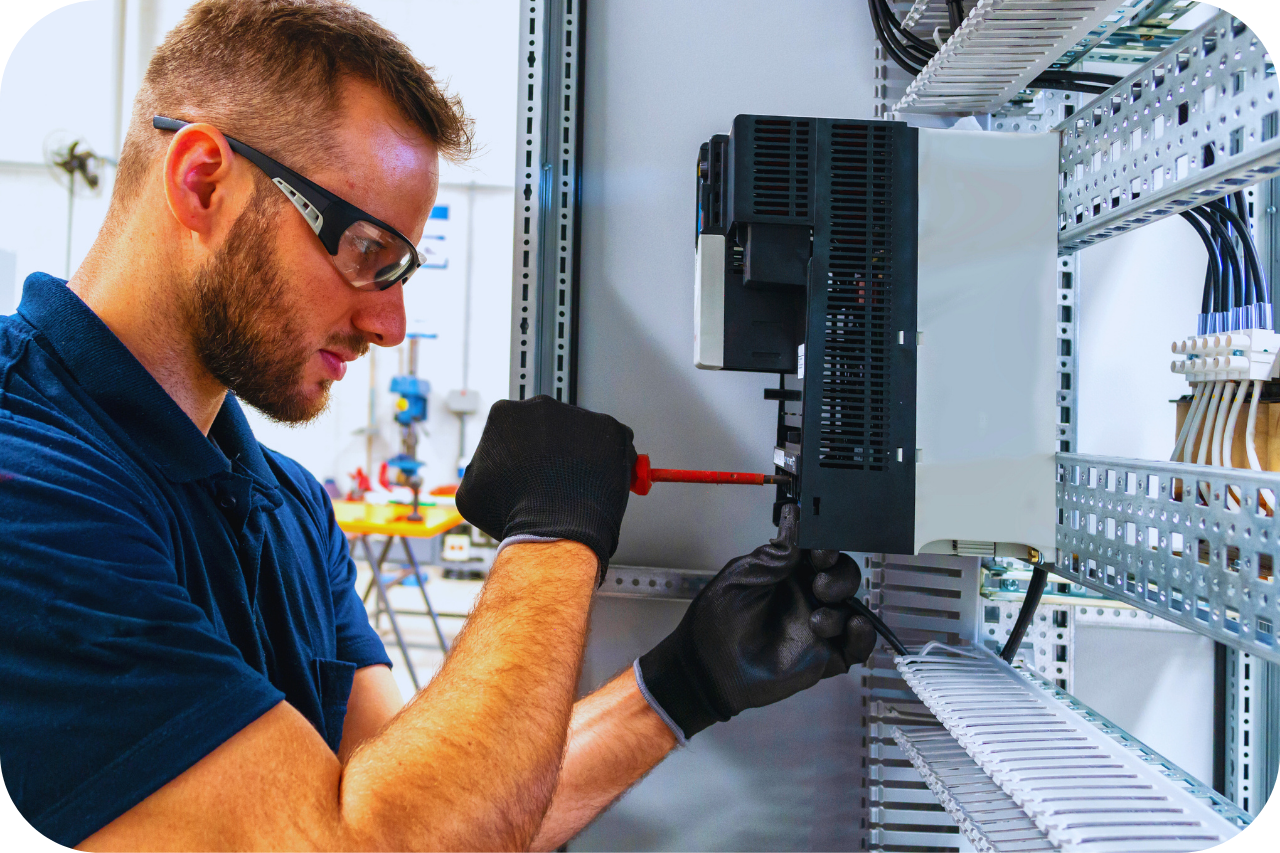How Roar Solutions can Save You Time, Stress, and Money.
How Roar Solutions can Save You Time, Stress, and Money.
Blog Article
Roar Solutions Can Be Fun For Anyone
Table of ContentsThe Only Guide for Roar SolutionsRoar Solutions Things To Know Before You BuyThe 10-Minute Rule for Roar Solutions
In such an atmosphere a fire or surge is feasible when 3 fundamental conditions are satisfied. This is commonly described as the "hazardous location" or "burning" triangle. In order to secure setups from a potential surge an approach of analysing and classifying a potentially unsafe location is needed. The purpose of this is to ensure the proper option and setup of equipment to inevitably avoid an explosion and to ensure security of life.
(https://www.reddit.com/user/roarsolutions1/)
No devices must be set up where the surface temperature of the equipment is greater than the ignition temperature of the provided risk. Below are some typical dirt unsafe and their minimal ignition temperature level. Coal Dust 380C 225C Polythene 420C (melts) Methyl Cellulose 420C 320C Starch 460C 435C Flour 490C 340C Sugar 490C 460C Grain Dust 510C 300C Phenolic Resin 530C > 450C Aluminium 590C > 450C PVC 700C > 450C Soot 810C 570C The possibility of the risk existing in a focus high sufficient to trigger an ignition will vary from location to area.
In order to classify this danger a setup is separated into locations of risk relying on the amount of time the dangerous is present. These locations are described as Zones. For gases and vapours and dirts and fibres there are 3 areas. Zone 0 Area 20 An unsafe ambience is extremely most likely to be present and might exist for lengthy periods of time (> 1000 hours annually) or perhaps continuously Area 1 Area 21 A harmful atmosphere is possible however not likely to be present for lengthy periods of time (> 10 450 C [842 F] A classification of T6 implies the minimum ignition temperature level is > 85 C [185 F] Harmful location electrical equipment possibly designed for usage in higher ambient temperature levels. This would indicated on the ranking plate e.g. EExe II C T3 Ta + 60C( This implies at 60C ambient T3 will not be exceeded) T1 T1, T2, T3, T4, T5, T6 T2 T2, T3, T4, T5, T6 T3 T3, T4, T5, T6 T4 T4, T5, T6 T5 T5, T6 T6 T6 A T Course ranking of T1 implies the optimum surface temperature level created by the instrument at 40 C is 450 C. Thinking the connected T Class and Temperature level score for the devices are suitable for the location, you can always use an instrument with a much more rigorous Department ranking than required for the area. There isn't a clear solution to this inquiry sadly. It really does depend on the sort of equipment and what repair services need to be performed. Tools with specific test treatments that can not be performed in the field in order to achieve/maintain 3rd party ranking. Need to return to the factory if it is prior to the devices's service. Field Repair By Authorised Worker: Difficult testing may not be called for nevertheless certain procedures might require to be followed in order for the equipment to preserve its third party score. Authorized employees have to be employed to perform the work properly Repair work have to be a like for like substitute. New component have to be considered as a direct replacement requiring no unique screening of the equipment after the repair is complete. Each tool with a harmful ranking should be evaluated independently. These are described at a high degree listed below, yet for even more detailed information, please refer directly to the standards.
How Roar Solutions can Save You Time, Stress, and Money.
The devices register is a detailed database of equipment documents that includes a minimum set of areas to recognize each product's place, technical criteria, Ex category, age, and environmental data. The proportion of Thorough to Shut examinations will be established by the Devices Danger, which is assessed based on ignition threat (the chance of a source of ignition versus the probability of a flammable ambience )and the hazardous location classification
( Zone 0, 1, or 2). Executing a robust Risk-Based Assessment( RBI )approach is vital for making sure conformity and safety and security in handling Electrical Devices in Hazardous Locations( EEHA).
The Definitive Guide to Roar Solutions

In regards to explosive threat, a harmful area is an environment in which an eruptive environment is existing (or may be anticipated to be present) in quantities that require unique safety measures for the building, installation and use devices. Roar Training Solutions. In this article we discover the challenges encountered in the office, the risk control actions, and the required competencies to function safely
These substances can, in specific problems, create explosive environments and these can have significant and terrible repercussions. Most of us are familiar with the fire triangular remove any see page type of one of the three aspects and the fire can not occur, however what does this mean in the context of harmful locations?
In a lot of circumstances, we can do little concerning the degrees of oxygen in the air, but we can have considerable influence on resources of ignition, as an example electric tools. Dangerous locations are recorded on the hazardous area category illustration and are recognized on-site by the triangular "EX" indication. Right here, amongst various other key details, zones are split right into three kinds relying on the hazard, the possibility and period that an explosive environment will exist; Zone 0 or 20 is regarded one of the most unsafe and Zone 2 or 22 is considered the least.
Report this page